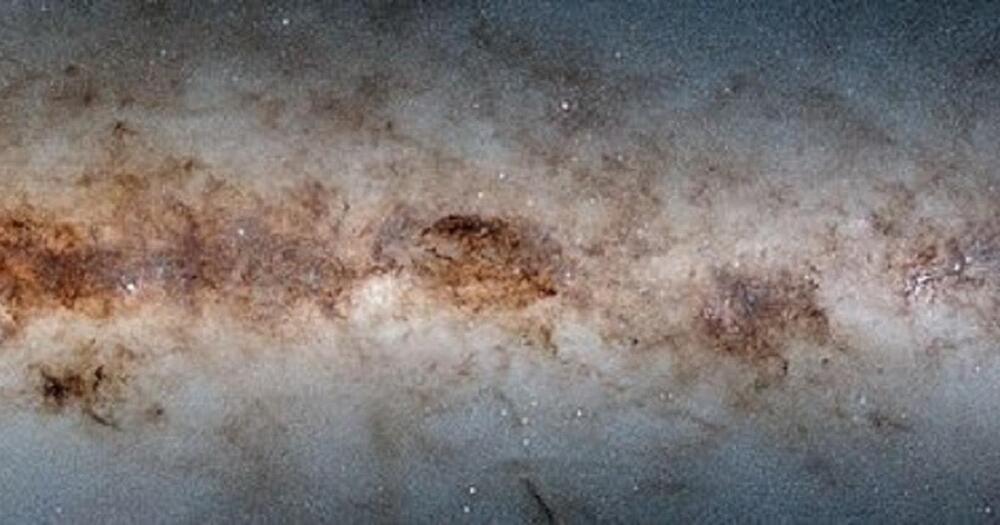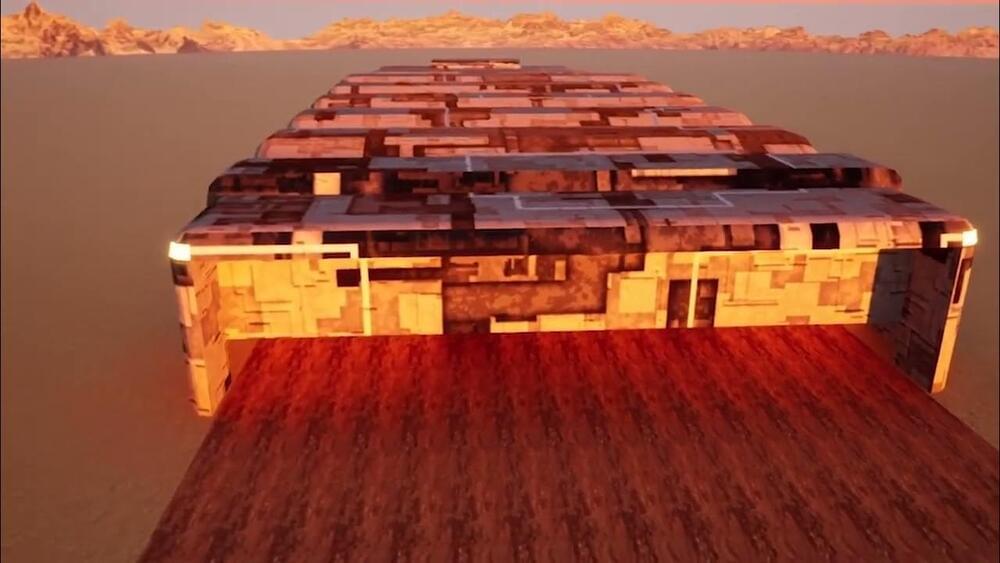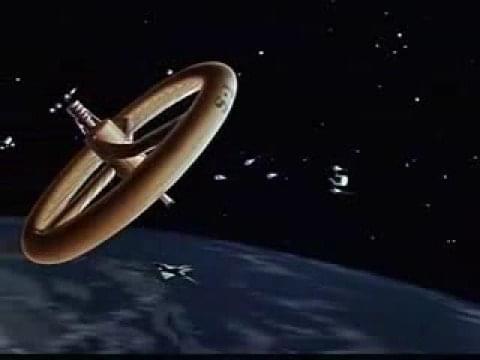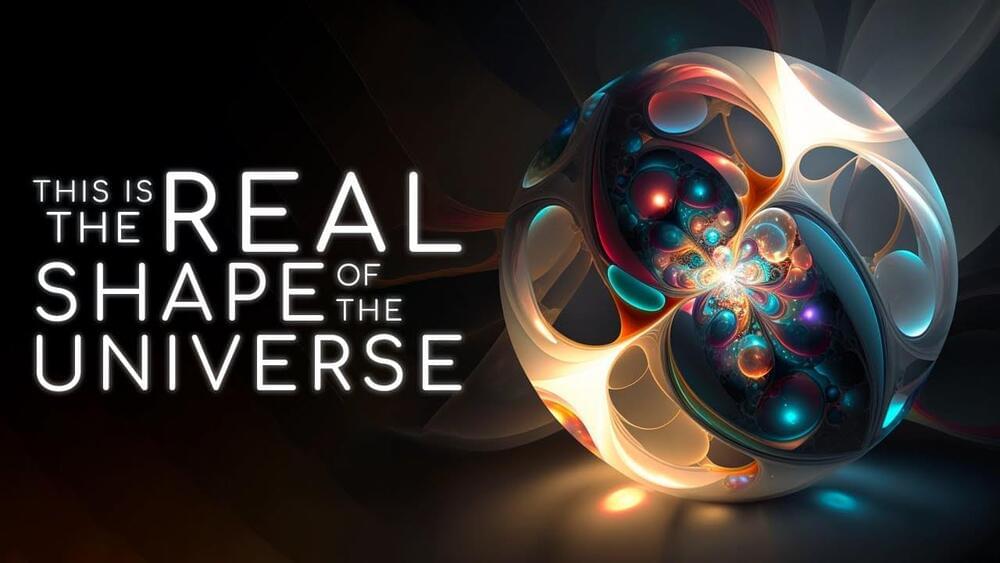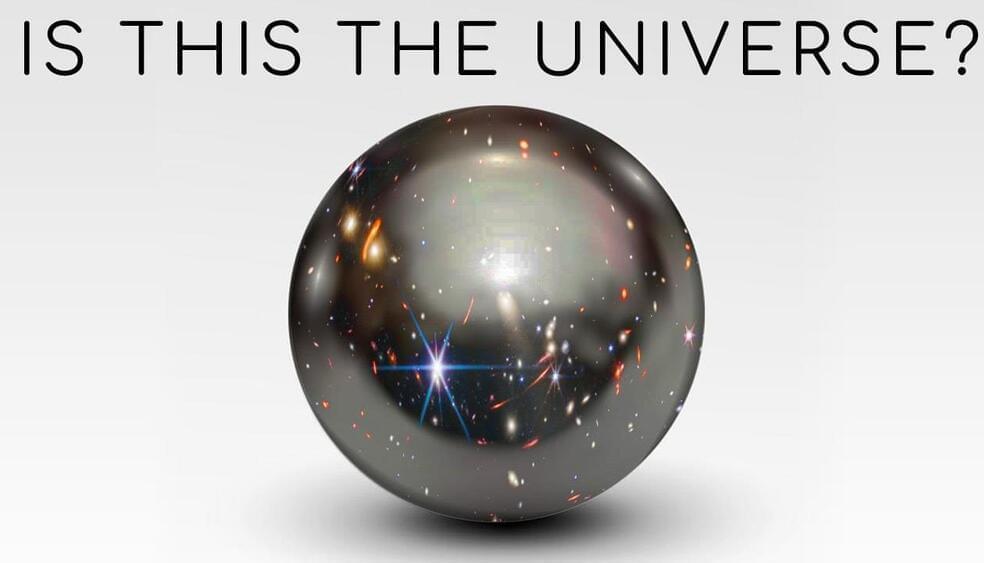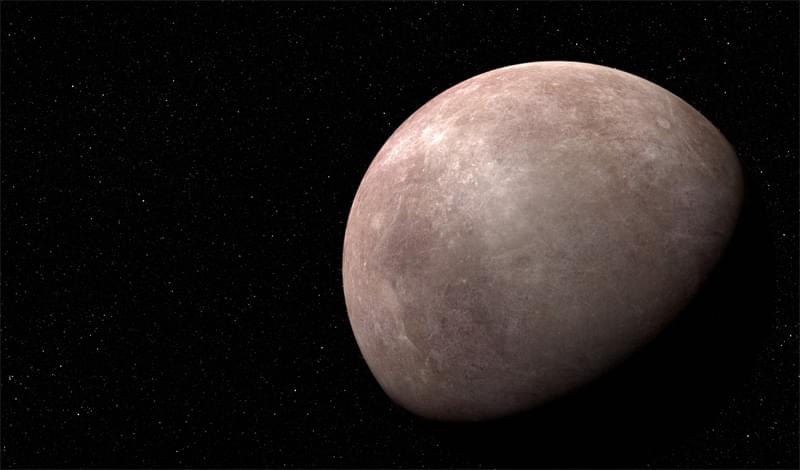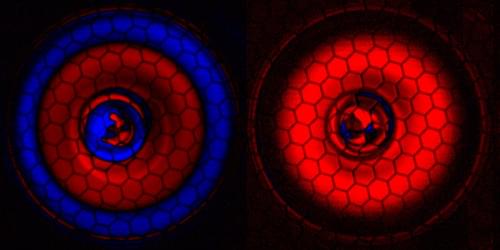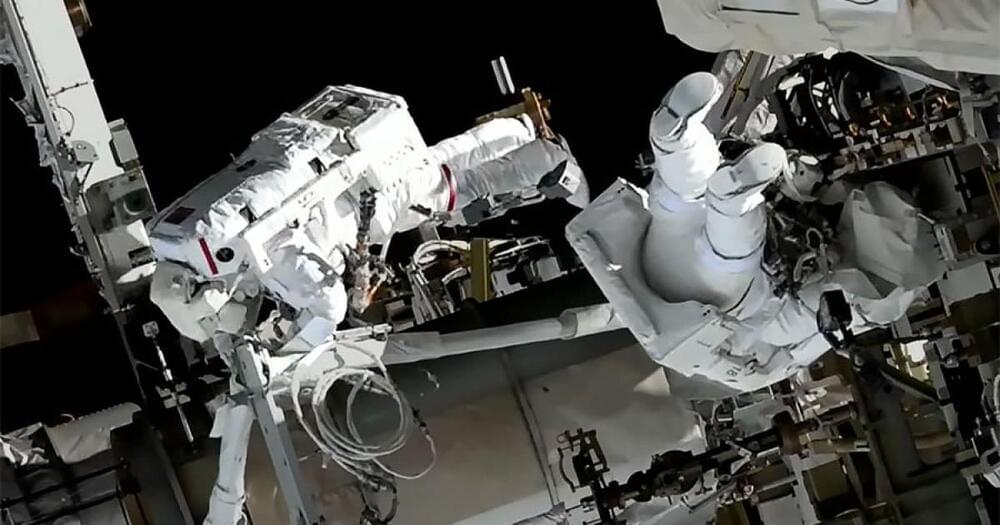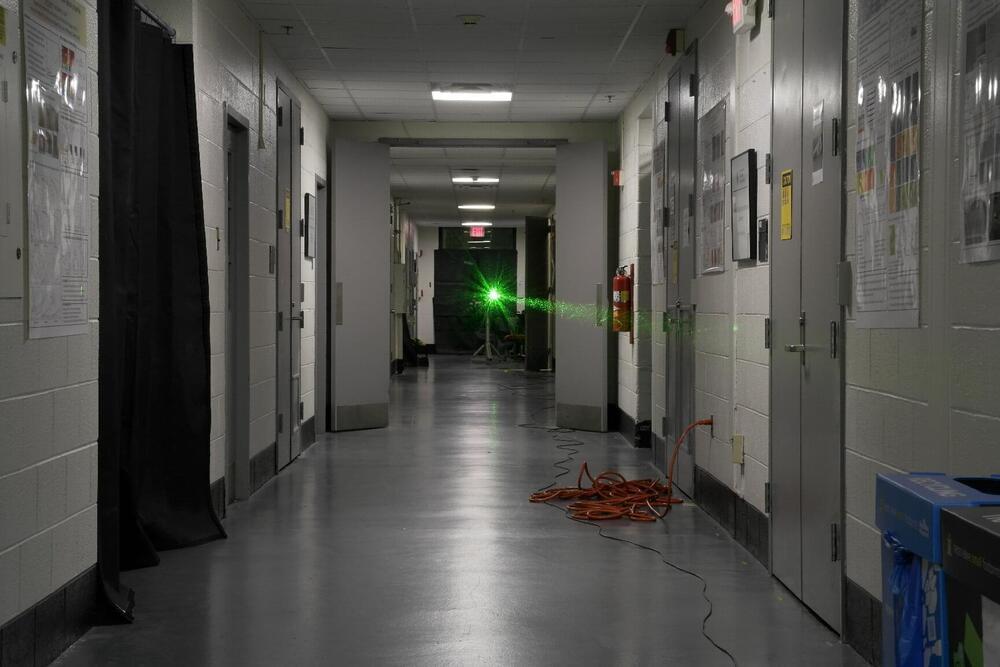Jan 22, 2023
You need to explore this amazing map of the Milky Way
Posted by Atanas Atanasov in category: space
It took two years to gather all the data included in this image.
This detailed catalog of the stars in our galaxy was a challenge to produce. The telescope’s near-infrared camera helped astronomers see through the clouds of dust that weave their way between the stars, blocking shorter wavelengths of light like visible and ultraviolet. But sometimes the problem is too much light. Our galaxy’s disk is packed so full of stars that they often overlap when you try to photograph them all, and the diffuse light from nebulae and star clusters makes it even harder to single out individual stars. Saydjari and his colleagues used a data processing program that helped predict the background behind each star, making it easier to separate one star from another.
“One of the main reasons for the success of DECaPS2 (the Dark Energy Camera Plane Survey’s second data release) is that we simply pointed at a region with an extraordinarily high density of stars and were careful about identifying sources that appear nearly on top of each other,” says Saydjari.
